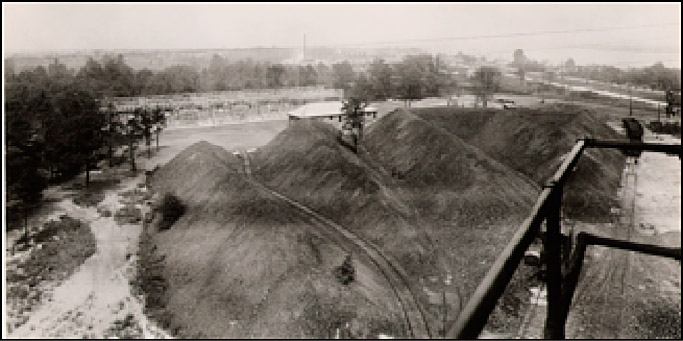11.10 Former MGP Site, Michigan
Contacts: Dr. Divinia Ries (Toxicology Specialist) and Emily Bertolini (Geologist)
Organization: Remediation and Redevelopment Division, Michigan Dept. of Environmental Quality
Email: [email protected]
Contact: Vincent Buening (Sr. Project Manager) TRC Environmental Corporation
Note: State regulators and consultants used the draft ITRC Bioavailability in Contaminated Soil guidance to understand how to use arsenic bioavailability data in refining a risk assessment that meets Michigan regulatory requirements for risk evaluation.
11.10.1 Former Manufactured Gas Plant (MGP) Site History and Background
MGP operations began at this site in 1925 using a carbureted water gas manufacturing process that was considered cutting edge technology at the time. From 1951 through 2015, the site was used as a natural gas distribution operation center. During MGP operations, coal and coal ash were stored in piles on part of the northern portion of the site. Aerial photographs and soil boring information indicate that filling likely occurred at the northern portion of the site. A portion of the site is shown in Figure 11-11.

Figure 11‑11. Former MGP site.
(Source: Courtesy TRC Corporation)


